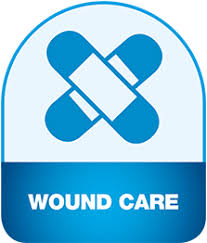
Milton D. Moore
Moore Unique Skin Care
Title: Obsolete shaving technology and problems it presents in the shaved patient
Biography
Biography: Milton D. Moore
Abstract
Removing unwanted body hair has been a part of human hygiene since the dawn of history. Over the centuries this practice has served to denote everything from high-ranking social status to acts of contrition. As the tradition of shaving evolved in step with global culture, so too have the tools of the trade. It was in the 18th century that razors became more than sharp, exposed slabs of metal. As a dermatologist and pharmacist, the author has researched theevolving changes and challenges of the shaving process. The lubricated bar was added to the razor in 1976. The blade and bar design is defective because the blade is passed over the skin and hair first before the bar even touches the hair or skin. The first pass is the hardest part of the shave. Moreover, the blade material used to make the razor often becomes dull after the first shave due to moisture on the edge of the
blade which leads to oxidation and compromised metal integrity. Further, there are patients with inherent skin and facial hair
problems such as coarse and/or wiry hair that become ingrown as the hair grows. This is typically seen in African American men because their hair follicles are oval/elliptical and causes the hair to grow in the shape of a spiral nature. The size of the Caucasian hair shaft is less prone to become ingrown hairs but is more of a factor with men of Jewish descent. Coarse or wiryhair is more typical for men of Irish or Scottish descent; therefore, skin problems are more prevalent within this segment of the Caucasian community. There is also a common issue of the angle in which hair exits, the skin in men of all the aforementioned descents. Finally, razor burn, and razor rash are the most consistent and largest problem as a result of poor blade integrity for the general population. Given the aforementioned problems, the author has researched and patented razor and shaving
products that address these deficiencies.

